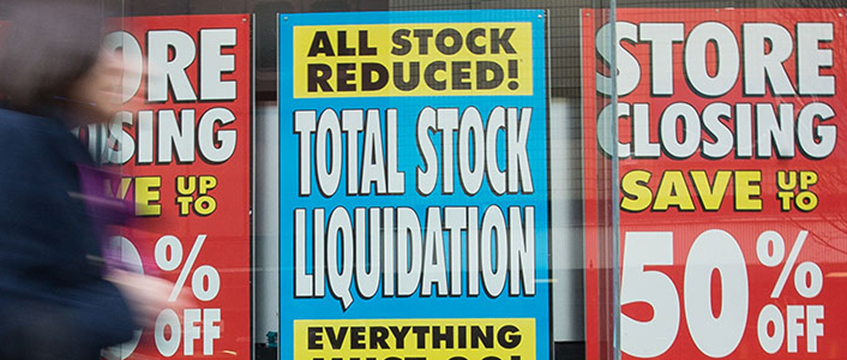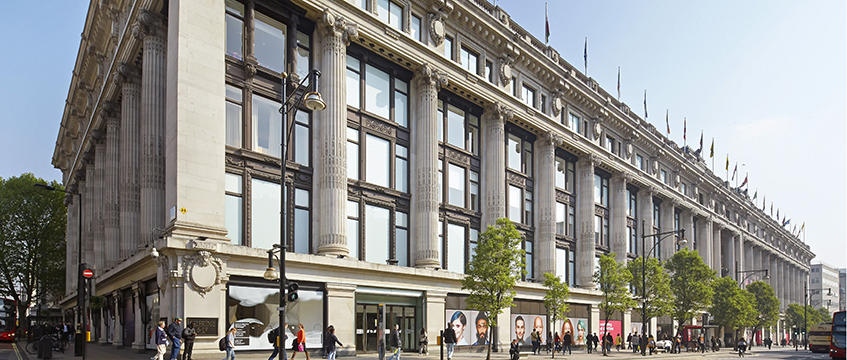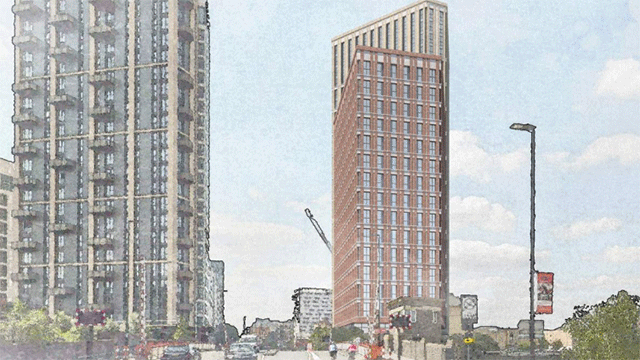The overall retail vacancy rate in Britain has risen to 14.5% for the second quarter, as the industry continues to feel the repercussions of the pandemic.
The latest figures from the BRC-LDC vacancy monitor show that the number of empty shops is up by 2.1 percentage points on Q2 last year and has risen from 14.1% in the previous quarter. It marks the third consecutive year of growing vacancies, from Q1 2018.
Vacancies have grown among all location types. Shopping centres suffered the biggest hit, climbing to 19.4% compared with 18.4% in Q1.
On the high street, vacancies increased to 14.5%, up from 14.1% in the previous quarter.
Retail park vacancies reached 11.5% in Q1 2021, up from 10.6% in Q1. However, it remains the location with the lowest rate.
Regionally, the south of England posted lower vacancy rates while the North, where disposable income is lower, showed a higher proportion of closed shops.

Helen Dickinson, chief executive of the British Retail Consortium, said: “It comes as no surprise that the number of shuttered stores in the UK continues to rise, after retailers have been in and out of lockdown for over a year.
“While vacancy rates are rising across all retail locations, it is shopping centres, with a high proportion of fashion retailers, that have been the hardest hit by the pandemic.
“Almost one in five shopping centre units now lies empty, and more than one in eight units have been empty for more than a year. Retail parks have also been impacted from the loss of anchor stores and their vacancy rate is rising quickly.”
Dickinson also warned that the vacancy rate could rise further as the Covid-19 business rates holiday comes to an end.
Lucy Stainton, director of Local Data Company, said the increase in vacancies was half that of the same period in 2020, signalling “hope that we are over the worst”.
“After an initial flurry of CVAs, closures due to consumer behaviour shifts and cost-cutting exercises, retailers are now starting to dust themselves off with cautious optimism, keeping a close eye on the rapidly changing infection rate and the pace at which vaccinations are taking place; two measures that could seriously de-rail recovery efforts should they not go in the right direction,” said Stainton.
“Vacancy now sits at the highest rate ever recorded by the Local Data Company. With appetite for new space increasing but still modest, there will simply never be enough demand to meet the supply.
“The property market will be forced to think of more creative ways to utilise this space, to avoid exacerbating the already high rates of long-term voids across our retail destinations which are not only unsightly and costly for landlords, but also have a negative impact on surrounding stores.”
To send feedback, e-mail pui-guan.man@eg.co.uk or tweet @PuiGuanM or @EGPropertyNews











